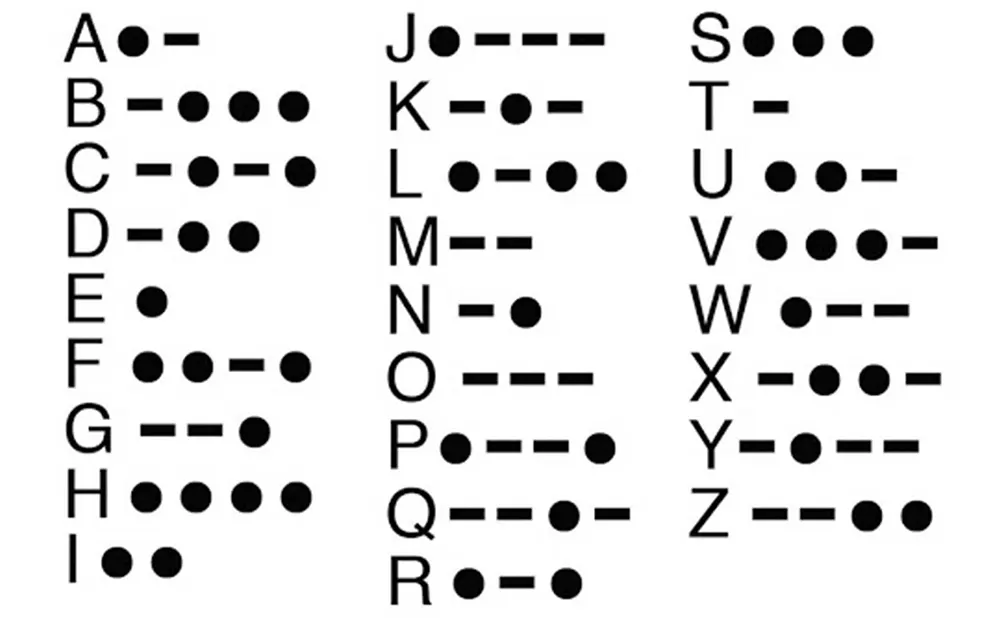Improving the Telegraph
Let’s think about another modern technology that is helpful. This is something most of your parents use everyday. It has a ring but no finger. It will never ask you a question. But, it needs an answer. Can you answer these riddles? Yes, I am talking about a telephone. Your parents have a cell phone that they use each day. If you want to talk to a family member that lives far away, you can easily use the phone to do so. Before cell phones, many people had a landline.
Before the landline was invented, people used a different method to communicate. The telegraph was used as a way to communicate a long time ago. But, the telegraph wasn’t as fast or accessible as needed.
An inventor named Samuel Morse made the telegraph easier and cheaper to use. A telegraph is a machine that sends sounds that represent letters and numbers to communicate with someone from a distance. Morse developed a code of dots (short sounds) and dashes (long sounds) to correlate with numbers and letters and called it Morse code.
What is a telegraph?
What is Morse code?
Samuel Morse became interested in telegraphy after overhearing a conversation on a ship. At the time, telegraph machines used multiple wires (one used 26, and another model used 5). Morse thought he could get the number of wires down to just one. He improved the telegraph and developed Morse code. Eventually, operators could listen to the clicks and beeps and translate the coded messages. Printing marks on paper was no longer necessary. On May 24, 1844, the first official telegraph was sent by Samuel Morse. The message was “What hath God wrought!” a reference to Numbers 23:23 in the Bible.



